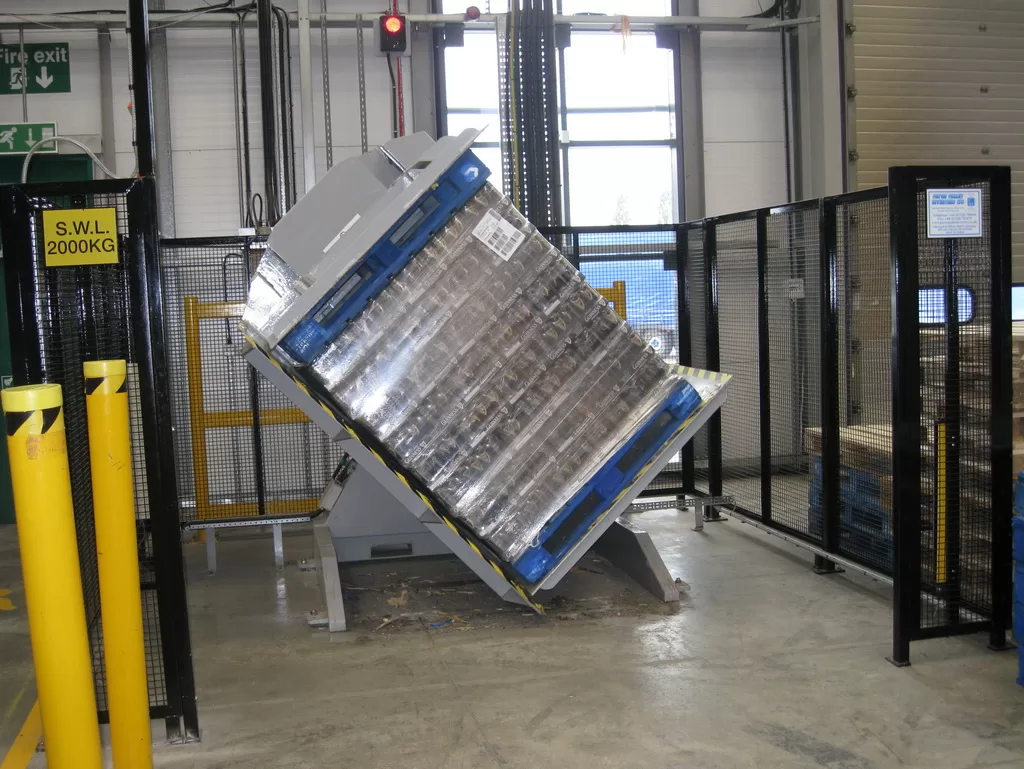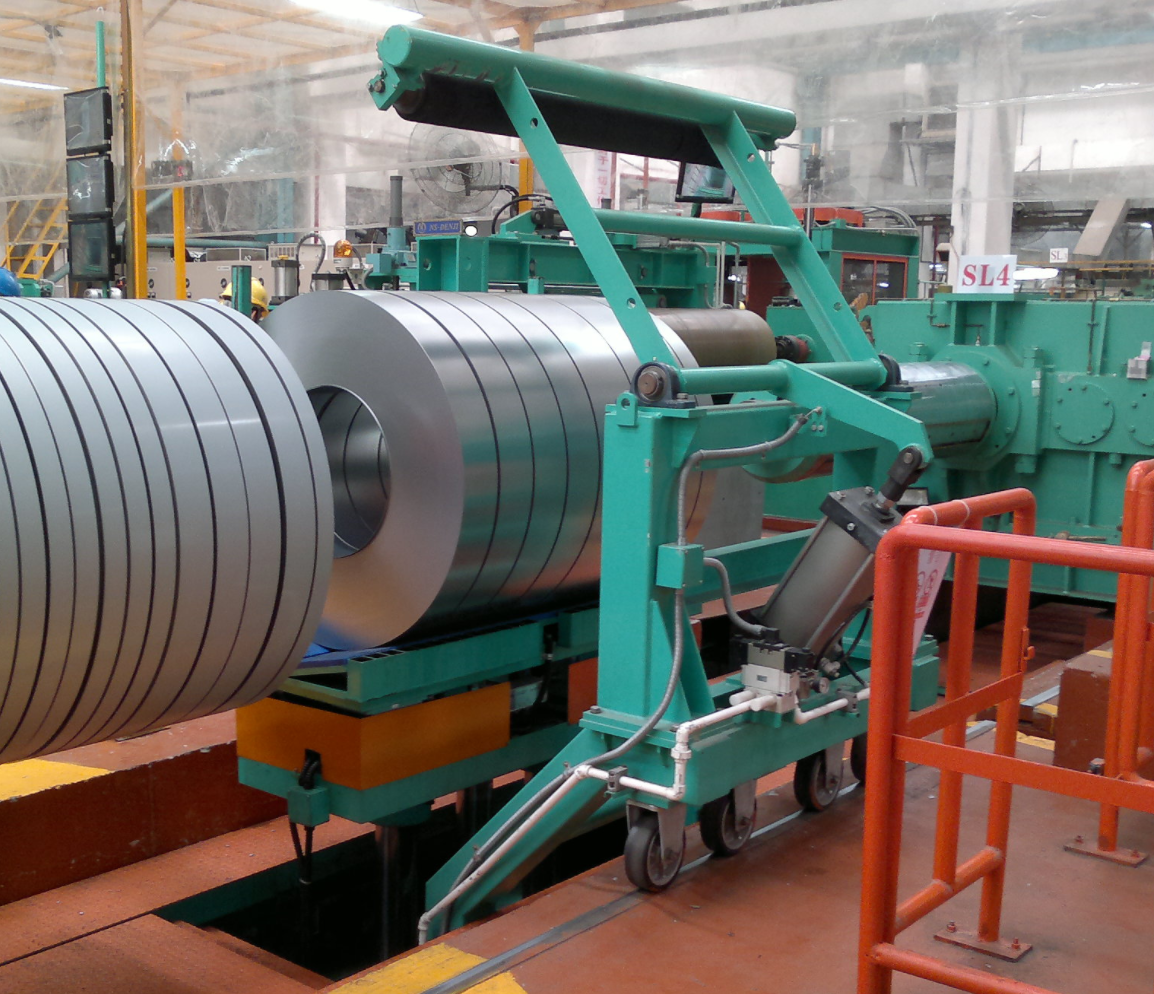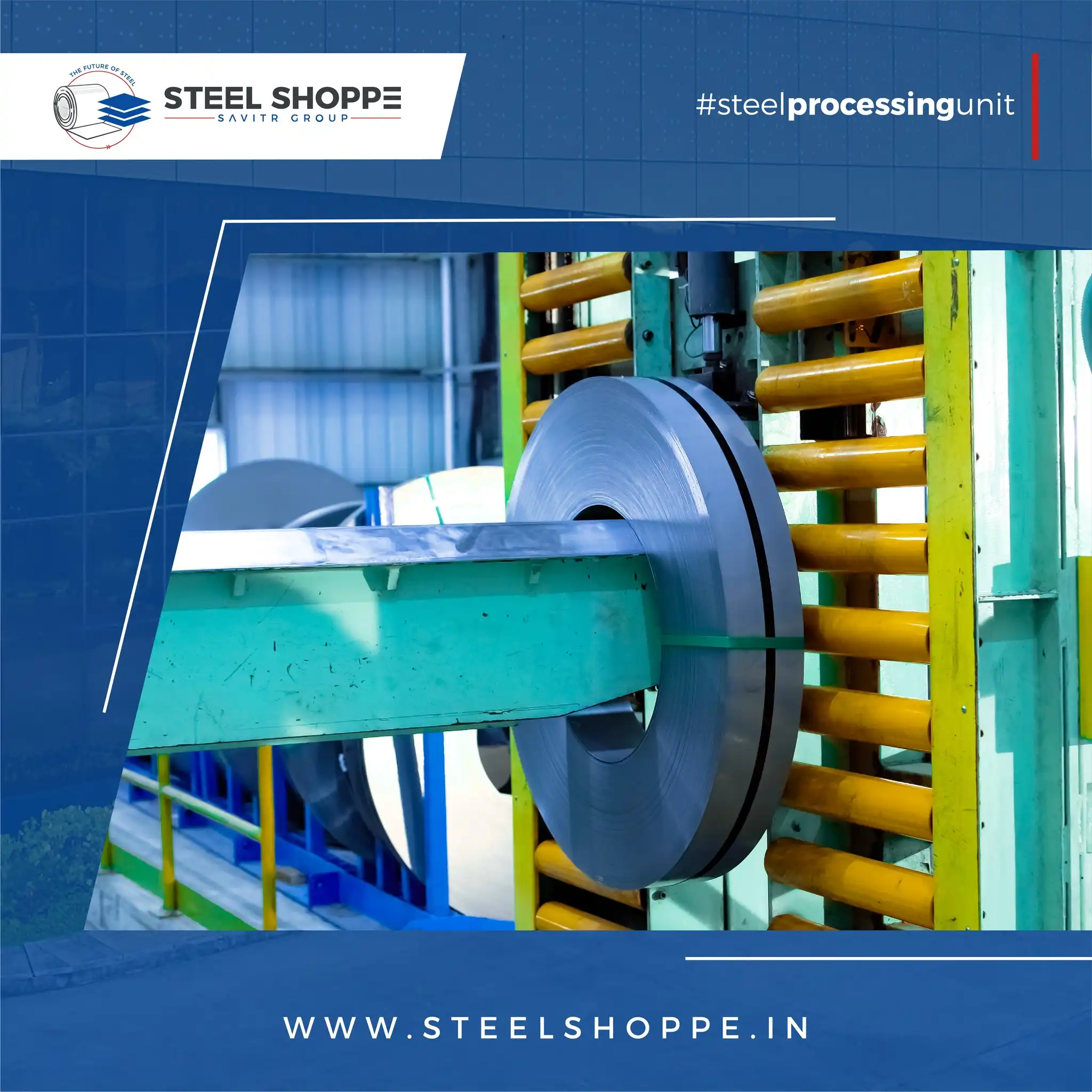Have you ever noticed your steel coil upender lagging in performance over time? This could be due to lack of proper maintenance, which is crucial for keeping your equipment in top shape. Let’s dive into essential tips that can enhance the longevity and performance of your upender.
Regular maintenance of your steel coil upender involves checking and replacing worn-out parts, ensuring lubrication, and conducting routine inspections. These practices prevent mechanical failures and ensure continuous and optimal performance of the equipment. By adhering to a maintenance schedule, you can reduce downtime and extend the machine’s operational life.

Touching on real-world applications, I recall working with a manufacturer who underestimated maintenance, leading to costly repairs. Regular checks can prevent such predicaments, ensuring safety and efficiency. Next, we discuss why regular maintenance is vital, unveiling its positive impact on your operations and bottom line.
1. Why is regular maintenance crucial for your steel coil upender?
Neglecting the maintenance of your steel coil upender can lead to various issues. When faults occur, production halts, and costs rise. The trick lies in proactive care, keeping operations smooth and efficient, saving you time, money, and effort. Let’s explore the importance of regular maintenance.
Routine maintenance is vital as it not only minimizes the likelihood of unexpected breakdowns but also optimizes the machine’s performance. This preventive approach aids in detecting potential issues before they escalate, avoiding costly repairs. Ultimately, it prolongs the machine’s lifespan and enhances safety and productivity.
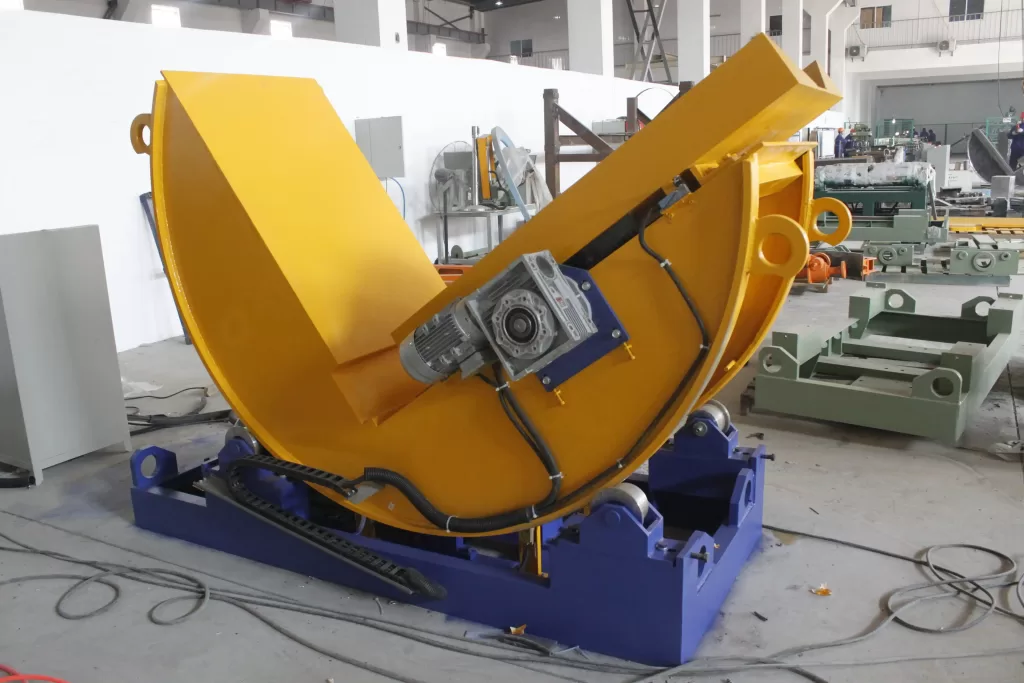
The Consequences of Neglect
Failing to conduct regular maintenance is like throwing caution to the wind. I’ve seen businesses suffer due to unplanned downtime which disrupts the entire supply chain. Ignoring regular upkeep can lead to severe equipment failure. Here’s a breakdown of critical consequences:
| Factor | Consequence | Impact |
|---|---|---|
| Lack of lubrication | Increased friction and wear | Shortens equipment lifespan |
| Ignored inspections | Undetected faults | Sudden breakdowns |
| Worn-out parts | Ineffective machinery | Reduced productivity |
It’s like a car running on fumes; eventually, it grinds to a halt, leaving you stranded. When you maintain regularly, you’re not just extending machinery life but ensuring seamless operations. Keeping this knowledge at the forefront can dramatically improve your workflow, allowing you to stay ahead in the competitive industry.
A business I once consulted faced a huge setback due to a single upender failure. It was a pivotal lesson on the importance of scheduling regular maintenance checks. This experience proved invaluable in stressing how continuous care and attention can save not only resources but business reputation too.
2. What routine inspections should be conducted?
Routine inspections of coil wrapping machines are essential to keep operations running smoothly. Regular maintenance ensures the equipment remains in optimal condition, preventing unexpected downtime and costly repairs. Inspections focus on identifying wear and tear, ensuring safety mechanisms are functioning, and verifying operational efficiency to maintain a consistent output rate.
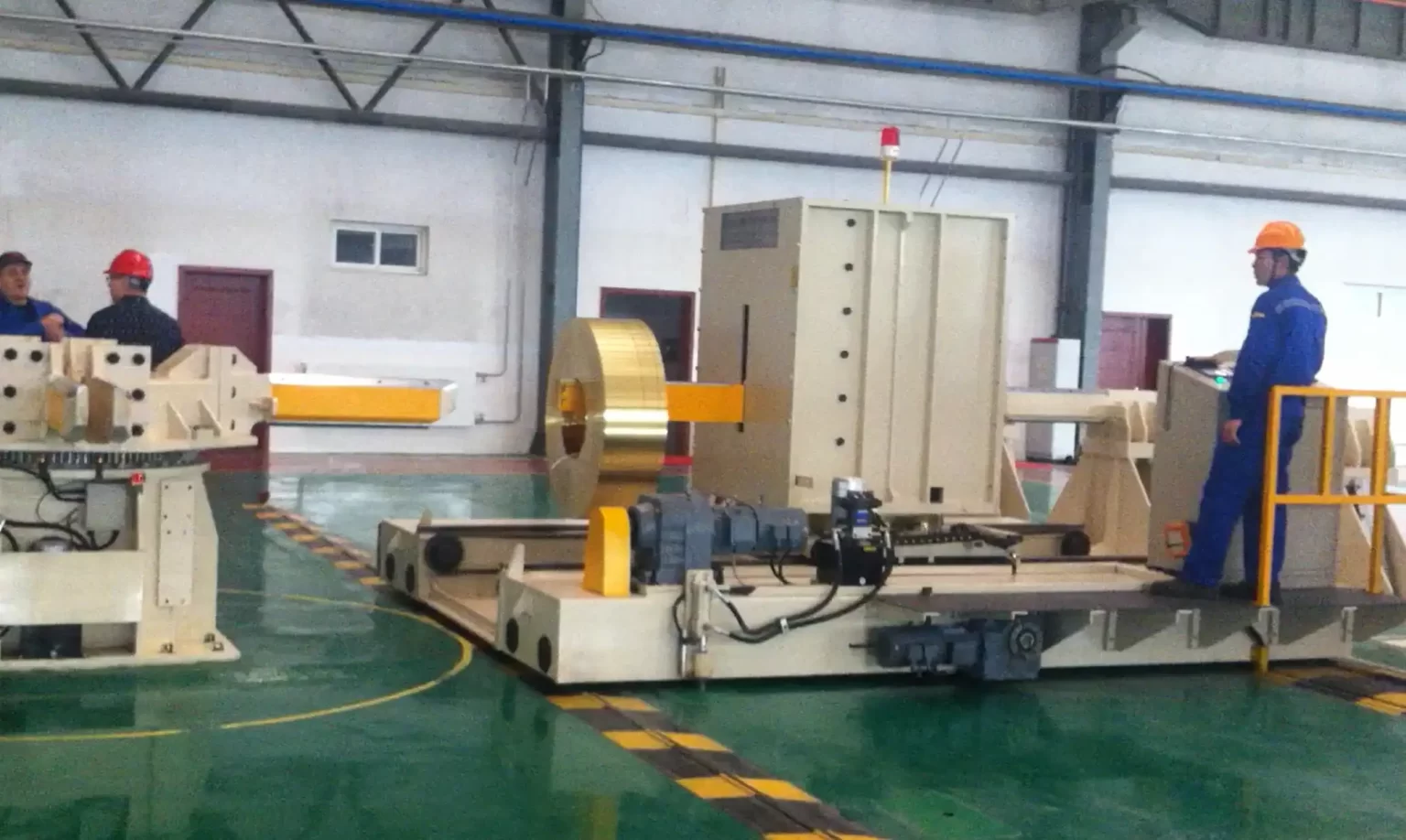
Key Areas to Check During Routine Inspections
Conducting thorough inspections involves examining various components of the coil wrapping machines. Attention to detail helps in identifying potential issues early on. I learned about the importance of consistency in inspections during a challenging project where minor oversight led to significant delays.
| Inspection Area | Common Issues | Recommended Actions |
|---|---|---|
| Hydraulic Systems | Leaks, pressure fluctuations | Inspect seals, adjust pressure |
| Electrical Components | Loose connections, wear | Tighten, replace faulty parts |
| Mechanical Parts | Wear and corrosion | Lubricate, replace worn components |
| Safety Features | Non-functioning alarms | Test, repair or replace as needed |
Routine checks should include the hydraulic systems, electrical components, mechanical parts, and safety features. Hydraulic systems might exhibit leaks or pressure issues, which can be managed by inspecting seals and adjusting pressure accordingly. Electrical components should be checked for loose connections and worn parts, to ensure tight connections and proper replacements. Mechanical parts, prone to wear and corrosion, require regular lubrication and, if needed, replacement. Safety features like alarms must be tested and repaired to guarantee they are operational.
Considering these inspections is critical for achieving the seamless operation of packing solutions, whether you’re handling automotive parts or construction materials. Identifying issues early is key, allowing time for corrective measures that do not disrupt overall production schedules. My encounters with tight production timelines emphasized the need for proactive maintenance planning, ensuring all systems work without interruption and in compliance with industry standards.
3. How can proper lubrication enhance performance?
Using the right lubrication on coil upenders can make a world of difference. Proper lubrication minimizes friction between moving parts, reducing wear and prolonging the upender machine’s lifespan. This simple yet effe ctive practice ensures smoother operation, decreases energy consumption, and ultimately leads to fewer unplanned stoppages.
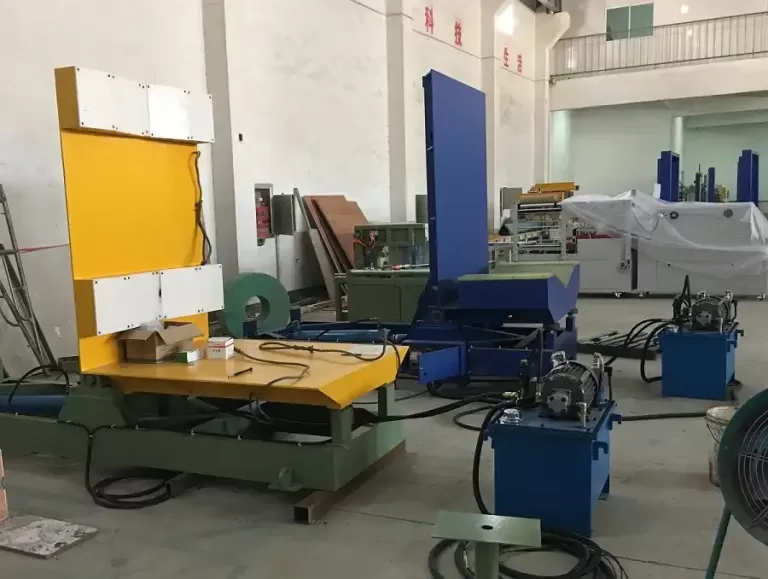
The Importance of Choosing the Right Lubricant
Selecting the proper type of lubricant is crucial. It is not just about oiling the parts; different components have unique needs. Past experiences have taught me that the wrong choice can cause more harm than good, impacting productivity and safety.
| Component | Ideal Lubricant Type | Concerning Factors |
|---|---|---|
| Bearings | High-viscosity greases | Temperature tolerance |
| Chains and Gears | Synthetic oils | Load-bearing capacity |
| Hydraulic Pistons | Specialized hydraulic oils | Pressure and purity levels |
| Screw Drives and Threads | Dry film lubricants | Environmental conditions |
Bearings work best with high-viscosity greases which offer greater temperature tolerance and provide long-lasting protection. Chains and gears, integral to machine motion, benefit from synthetic oils that support higher load-bearing capacities. Hydraulic pistons require specially formulated hydraulic oils to maintain pressure and ensure purity, as contaminants can decrease efficiency. Screw drives and threads opt for dry film lubricants, ideal for settings where cleanliness is important or where environmental conditions might degrade traditional oils.
Proper lubrication strategies remove excess friction, enhance component efficiency, reduce energy usage, and mitigate heat build-up, thus enhancing overall performance. Each component has specific requirements, and matching them with the right lubricant can prevent costly damage. Through strategic planning and experience, promoting optimal machine function becomes achievable by diligently following a lubrication schedule.
Conclusion
By adhering to a structured maintenance plan, you can significantly boost the performance and longevity of your steel coil upender, ensuring reliable operation. Achieving optimal machine condition demands routine inspections and proper lubrication, which serves as the backbone of a successful, uninterrupted production process.


